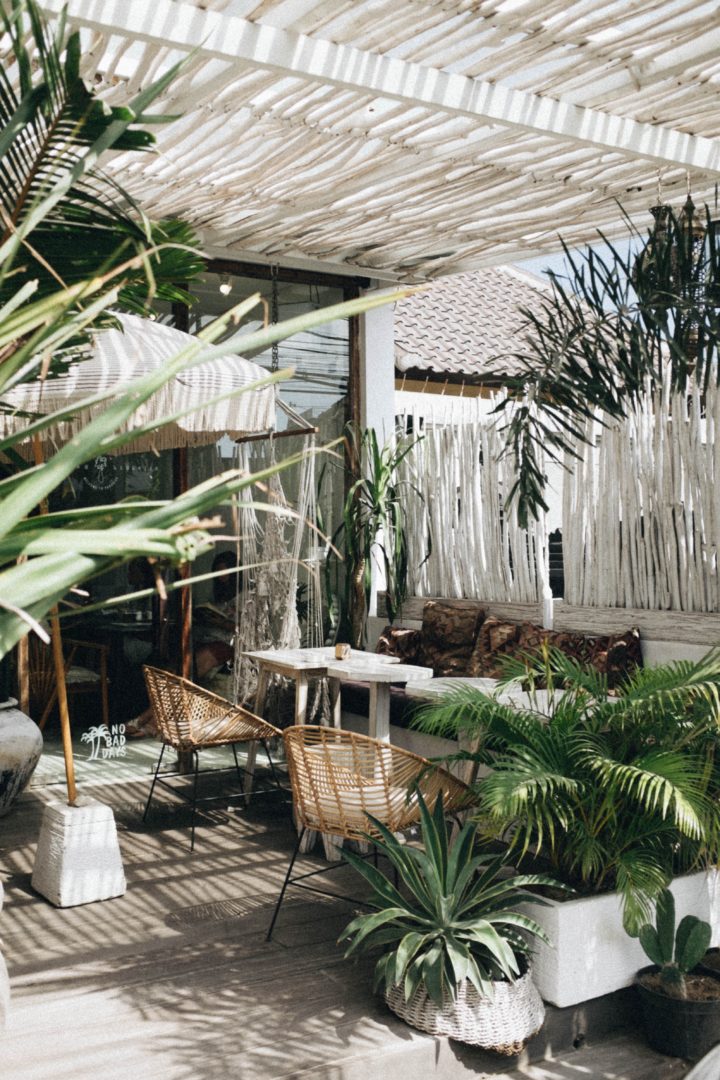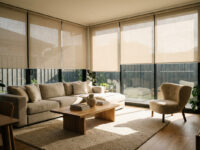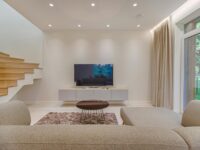The following is a contribution from another author.
We live in such a disposable culture nowadays. For example, hospitality businesses tend to throw out any and all unused food at the end of the working day, new phones and cars can often be obsolete within a few years of being released, and people will throw things away without even giving the repair job a chance. And when disaster strikes, homes and lives can be swept away in seconds, and there’s a lot of debate over whether the materials are to blame.
But none of these are sustainable practices, so now’s your chance to implement some within your own home design. You’re already living off of a budget, with a garden full of vegetables and a greenhouse for those seasonal foods, and you don’t think there’s much wiggle room left. But if you integrate some more sustainable practices into your home design, you’re going to be a lot happier with your house and home.
So with all that in mind, here’s a few of the best ways you can take your interior design to the next level, and make sure that you’ll only have to redecorate if you want to.
Try Some Wood Paneling
If you’re someone who’s a fan of the half up, half down look, you’re going to love this option. Paneling your walls with wood, whether you’ve decided just one wall or the bottom half of the entire room is where to do so, is going to cut your heating costs, reinforce your house, and help you to introduce some more natural elements to your home. And when you’ve crammed a house plant into every possible corner, this is a great next step.
As stated above, if you’ve got some wood paneling on the walls, you’ve got yourself some bona fide insulation, and one that’s not going to cost you much in the long run. Your home will seem natural warm in chilly weather and naturally cool during the summer periods – perfect for the season that’s coming up very soon!
Wood paneling is also easy to install, compared to other features you could mount, and there’s some great variance amongst the type of wood you can use. You’ve really got a great pick here.
Reduce the Wear and Tear in the Bathroom
Your bathroom is one of the main rooms in the house, apart from the kitchen, that’s going to see the heaviest action. And because of this, it’s where a lot of the wear and tear that your household undergoes on the whole will congregate. So you’re going to need to think about this in your initial design, or your redesign plan, and implement some features that have at least a 10 year seal on them.
First of all, you’re going to want a new vanity to set up around the sink, as this is one of the main places where wear and tear, condensation, and a bit of mold can show up. But when you’ve got a list of the 10 Solid Wood Vanities That Will Last a Lifetime, there’s a strong chance you won’t see these problems crop up for at least a good couple of years. When there’s an extractor fan on the go, and it’s not broken or clogged up with dust, you’ve got a great recipe for success.
Then you might want to waterproof your bathroom, and turn it into more of a walk-in wet room. Not only does this help with keeping young children clean, and makes the bathroom a lot more manageable for anyone with access issues, but it reduces the chances of leaks and any water damage elsewhere in the house. And if you want less mold, and to remove any potential rot on your walls, this is the best solution. And you can even have one installed upstairs, if you were worried about that fact.
Have a Water Friendly Garden
It’s not only the interior of your house that you’re going to have to look out for; your exterior matters just as much in your quest to design a home to last. And when there’s chance of a natural disaster such as a flood or a drought happening, your garden needs to be able to stand up against it. Don’t worry, there’s plenty of ways to design an outdoor space that can both retain water and minimize its effects on your household.
If you want to start planting flowers and other foliage that doesn’t need as much watering as a traditional growth, make sure you’ve got plant life such as Fig trees and Lavender bushes bordering your pathways and box beds. You might also want to plant some Thyme or Evening Primrose along the ground, to make sure it has an extra layer of protection from the sun, and any lack of water during the next year or so.
Then, you’re going to want to use materials that are permeable and breathable for your pathways and other grounding work. Shingles and pebbles etc. are good for this, but so are bordering options such as loose bricks and rocks. It means less damage to your garden in case of storms, and allows for your plants to grow their own way, and never suffer from restrictive growth.
Ready to Redesign Your Home?
It’s something that a lot of people wish they had the time and effort to do, but all in all, it doesn’t have to be that costly on your budget or hours left in the day. When you’ve got plenty of sustainable materials and furniture within your house, you’re going to be left with a much healthier environment, and have a much easier job of keeping your place clean.
And the garden will be able to look after itself, what with the good job you’ve done of introducing natural irrigation and allowing all kinds of critters to call it their home. Designing a home that’s meant to last can be done in the modern era!
















